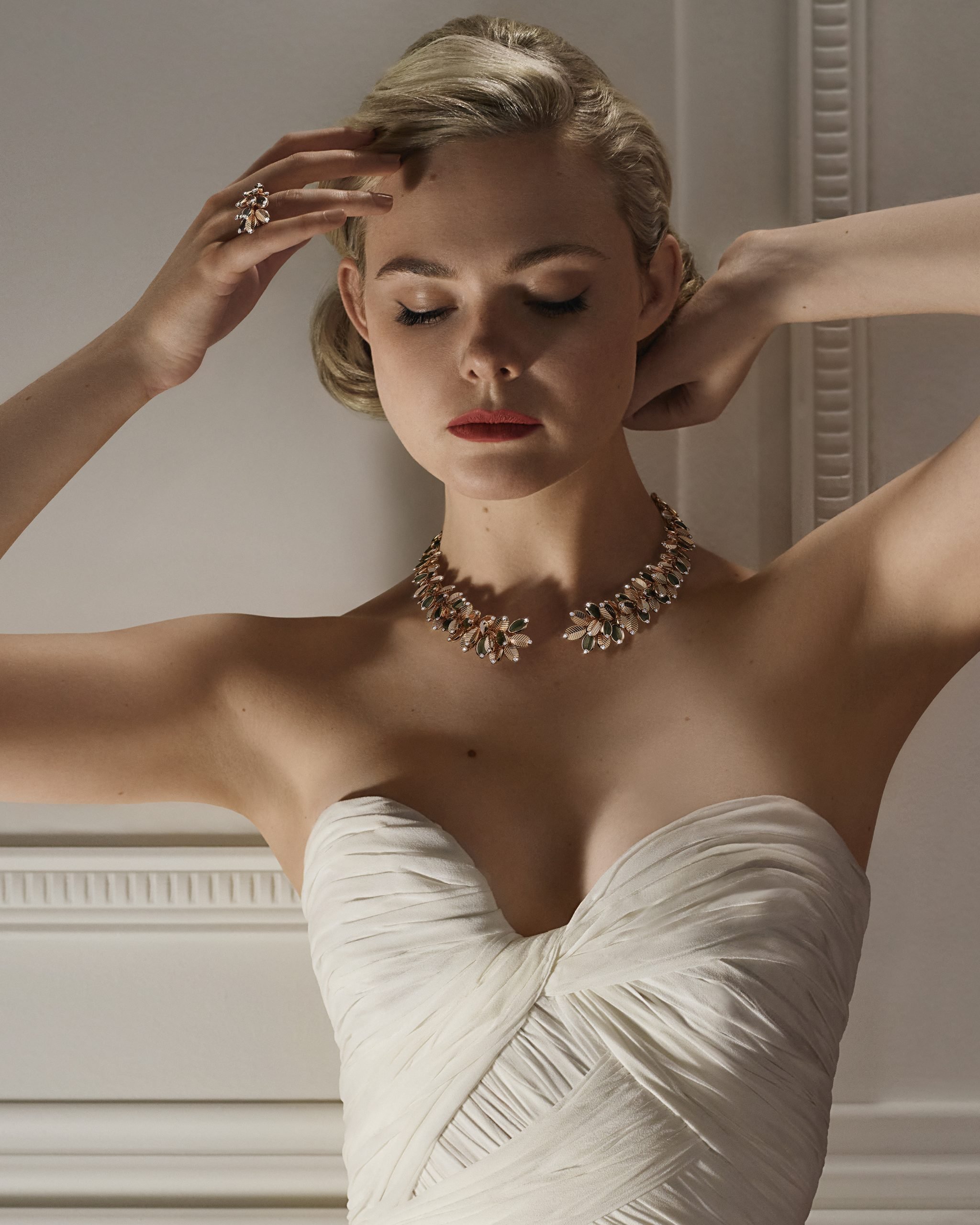
For Cartier’s grand reintroduction this month of its Grain de Café jewelry collection, the luxury maison channeled the golden age of cinema and the chic opulence of Cóte d’Azur in the 1950s.
Originally launched in 1938, the collection came into being after Cartier’s legendary creative director Jeanne Toussaint found unlikely inspiration in a coffee bean. Decades later, Grain de Café became a major hit when the screen siren Grace Kelly wore the creations—including several given to her by Prince Rainier III for their wedding—on a French Riviera jaunt. After its 1960s peak, Grain de Café stopped being produced and the series became coveted collectors’ pieces.
Cartier has now brought the collection back with a reimagined, limited-edition suite of new designs and a reissue of a 1955 necklace. A study in sparkle and movement, the intricate pieces—which require 30 craftsmen to create—combine sensuality and mobility.
The Grain de Café collection.Courtesy of Cartier.
To mark the occasion, the heritage house enlisted photographer and filmmaker Alex Prager—who has captivated art and fashion audiences with her canny takes on cinematic tropes—to direct a glamorous campaign harking back to classic Hollywood productions. Across the series, a bewitching blonde played by Elle Fanning embodies the insouciant spirit of the era while also recalling Alfred Hitchcock’s leading ladies. Thanks to her distinctive style defined by elaborately staged cinematic scenes, Prager—who has been steeped in the Los Angeles film industry since childhood—was a natural fit to devise this modern riff on midcentury motion pictures and the South of France.
Elle Fanning stars in the Alex Prager-directed campaign film. Courtesy of Cartier.
Prager’s aesthetic also resonates with the codes of the collection. Mixing engraved gold beads with inlaid obsidian, princess-cut diamonds, and cabochon rubellites, Grain de Café is designed to elevate everyday motifs with precious materials and exceptional craftsmanship. By leveraging her expertise with light, Prager brilliantly illuminated Cartier’s exquisite jewelry and what it represents: celebrating beauty in the unexpected, as Toussaint always sought—even in an object as ordinary as a coffee bean.
The Grain de Café collection. Courtesy of Cartier.